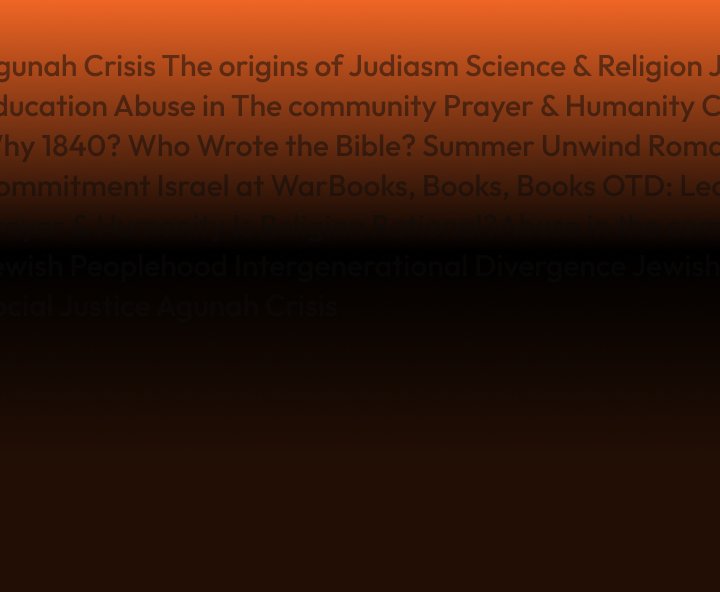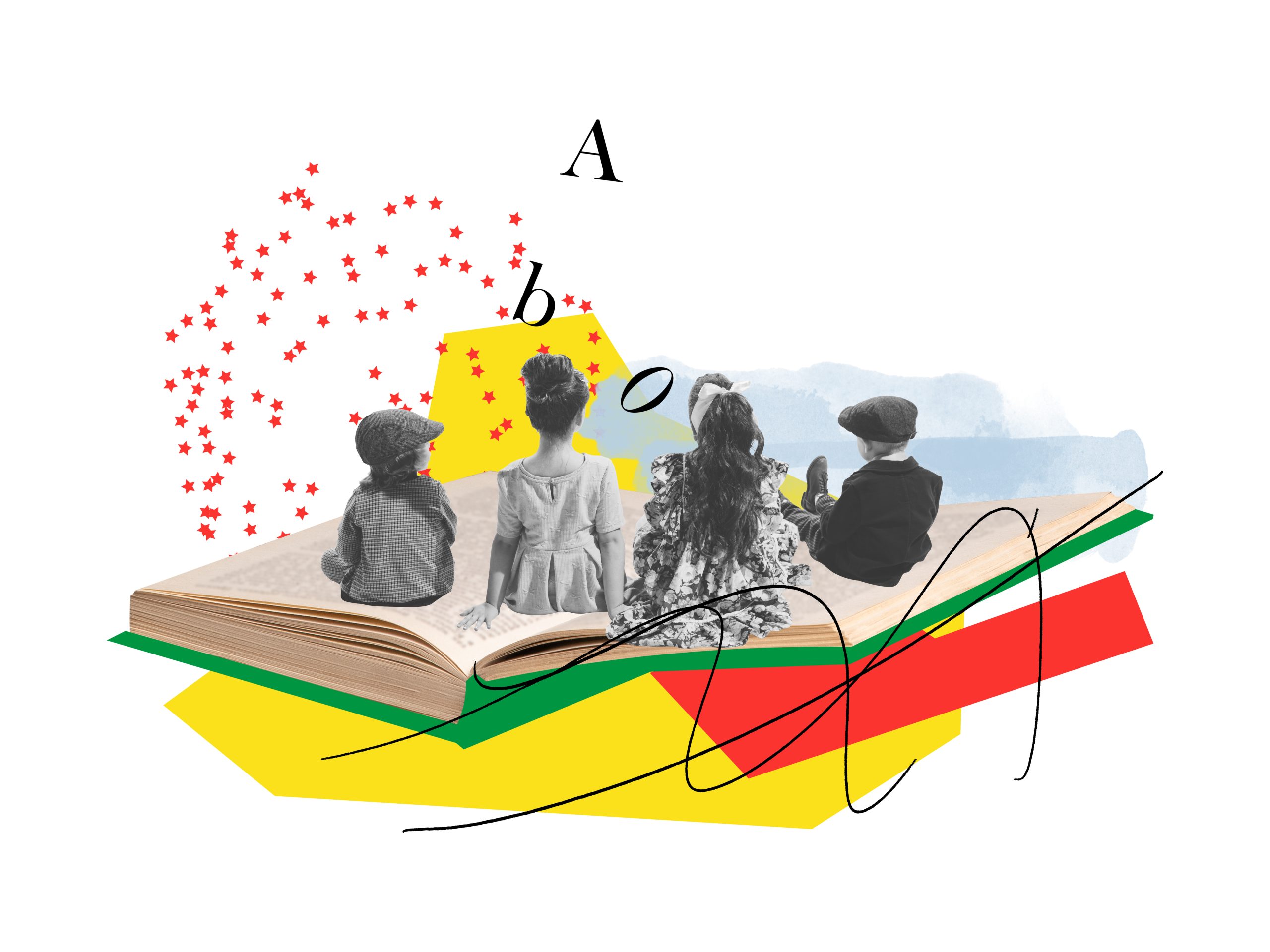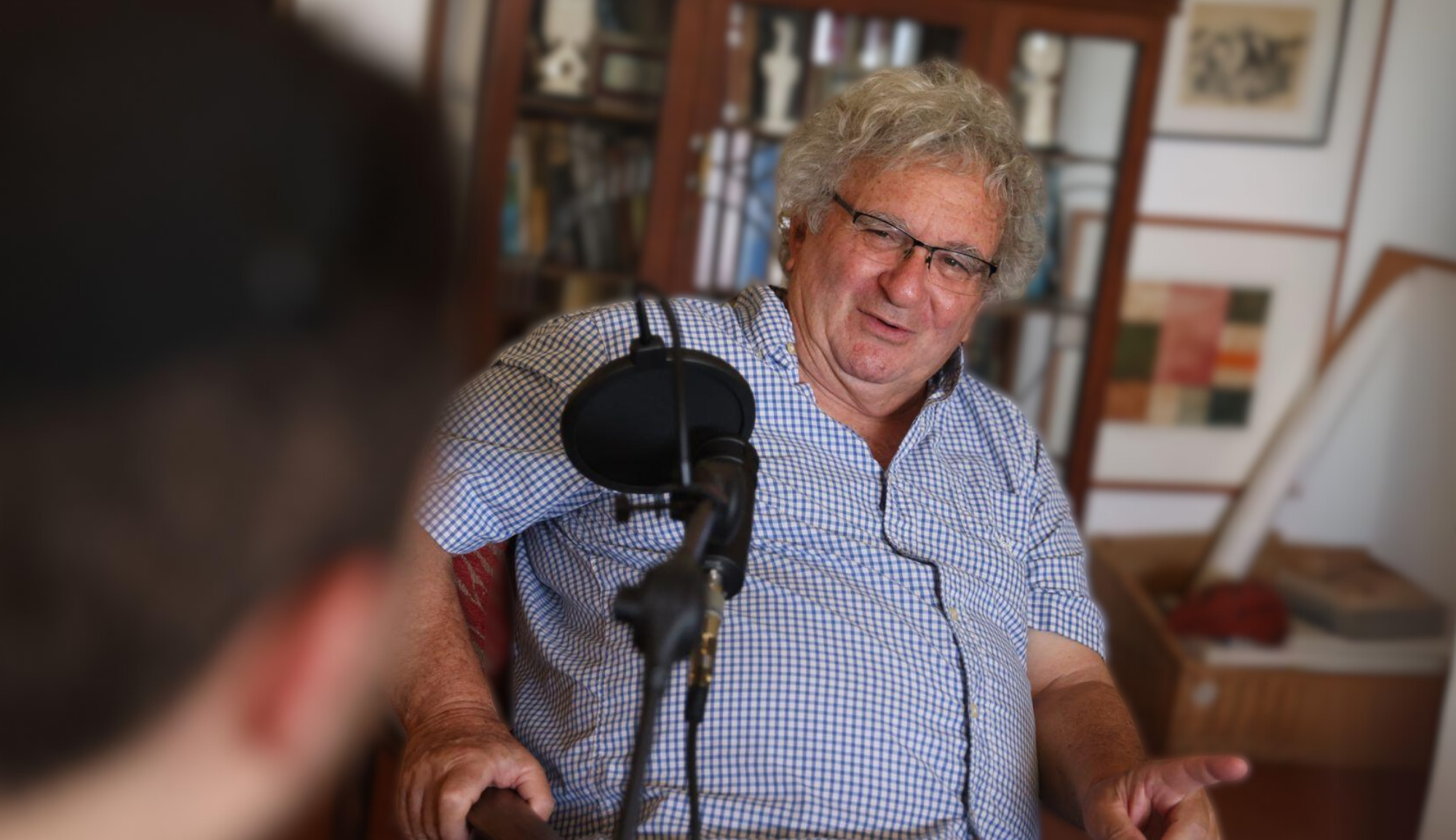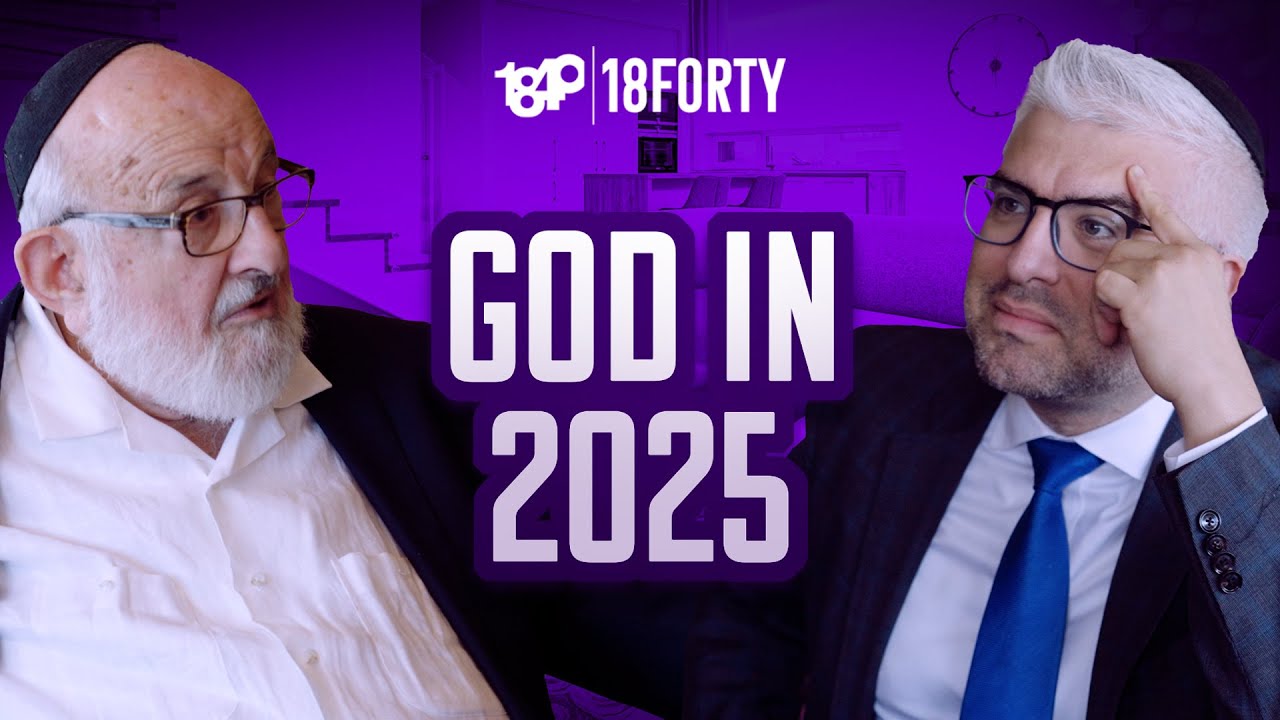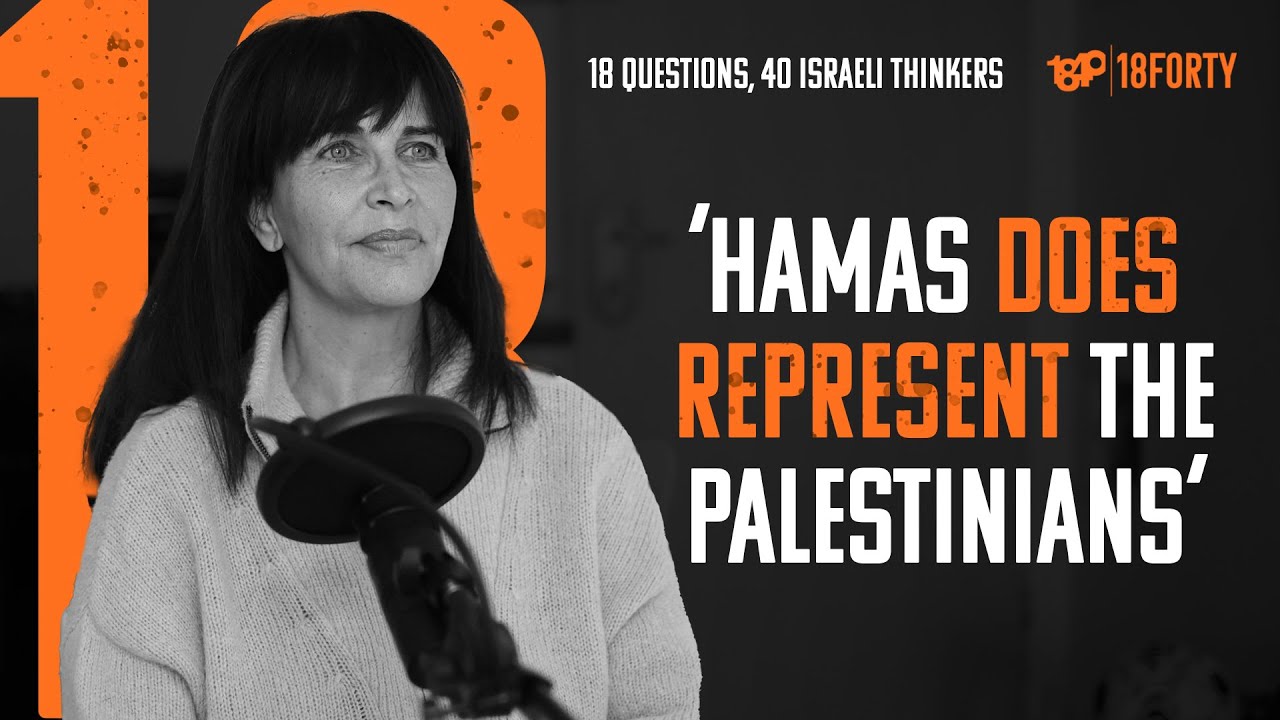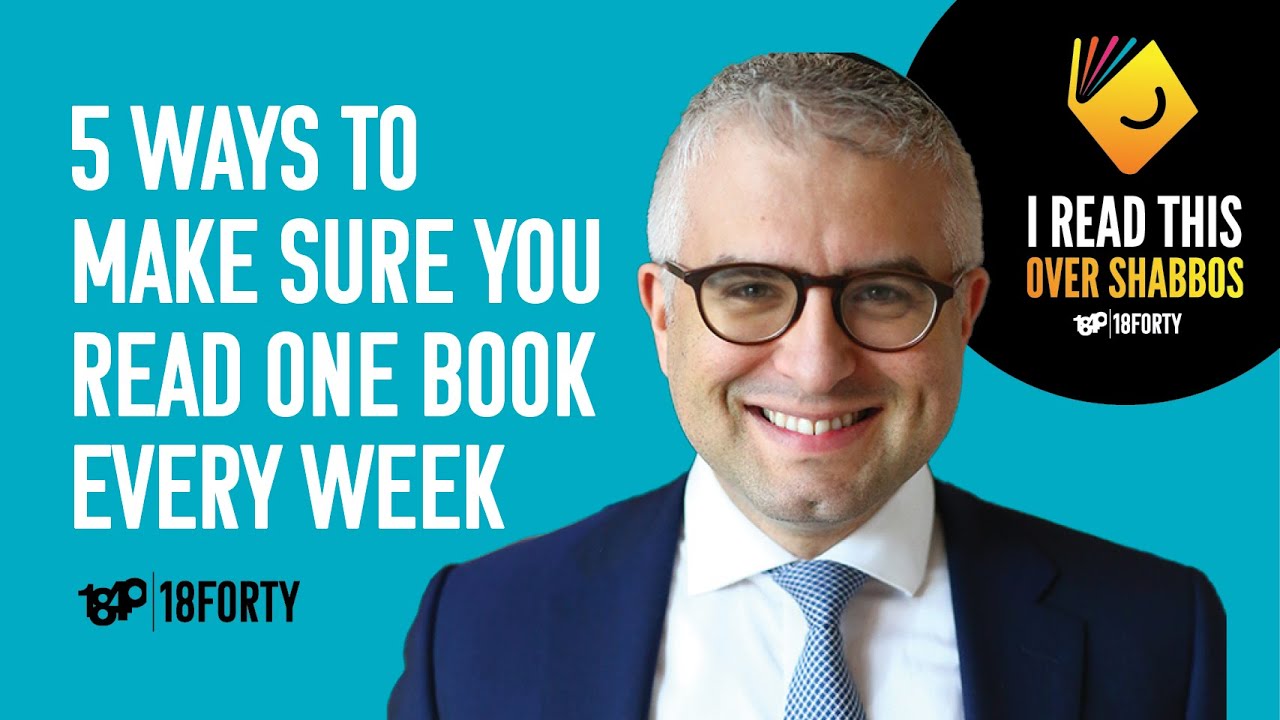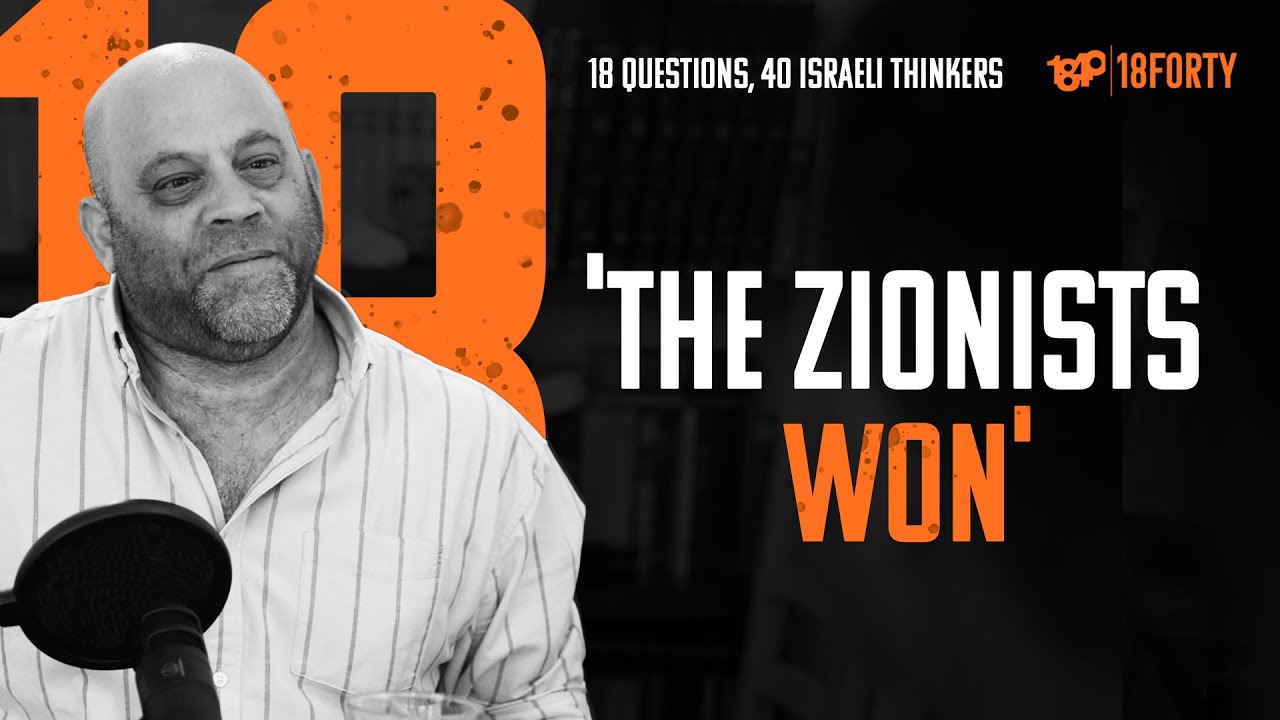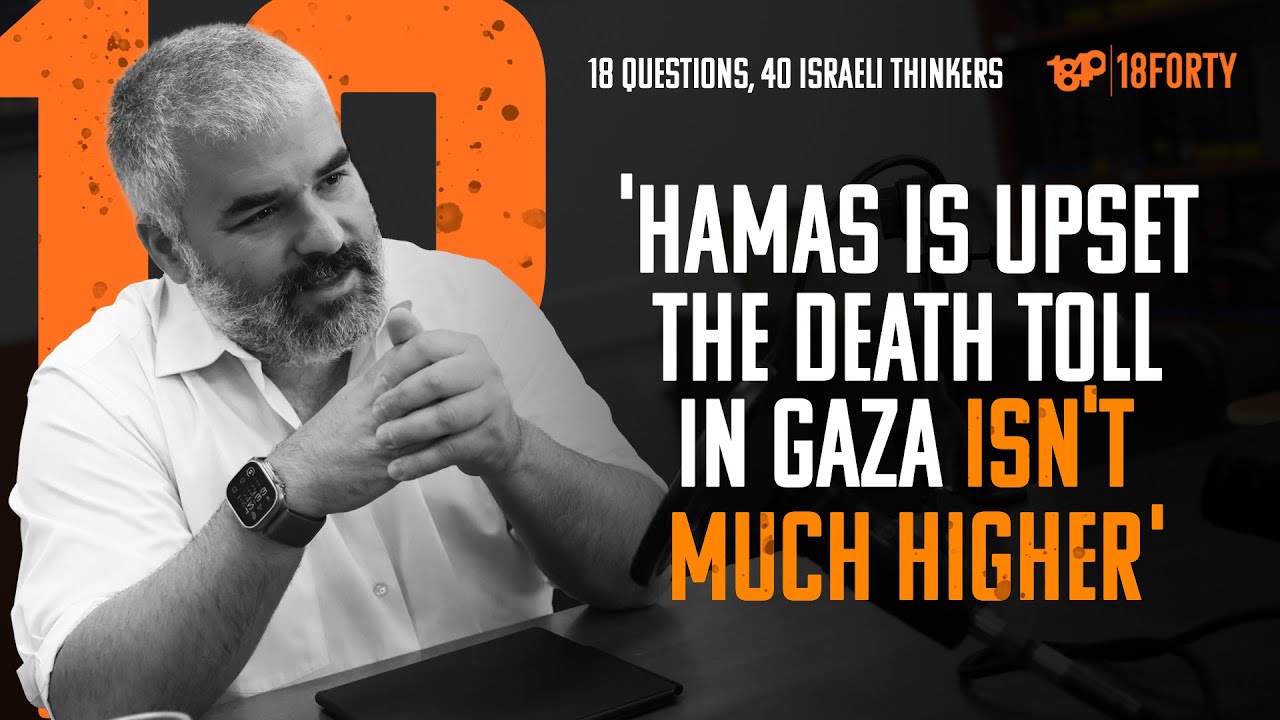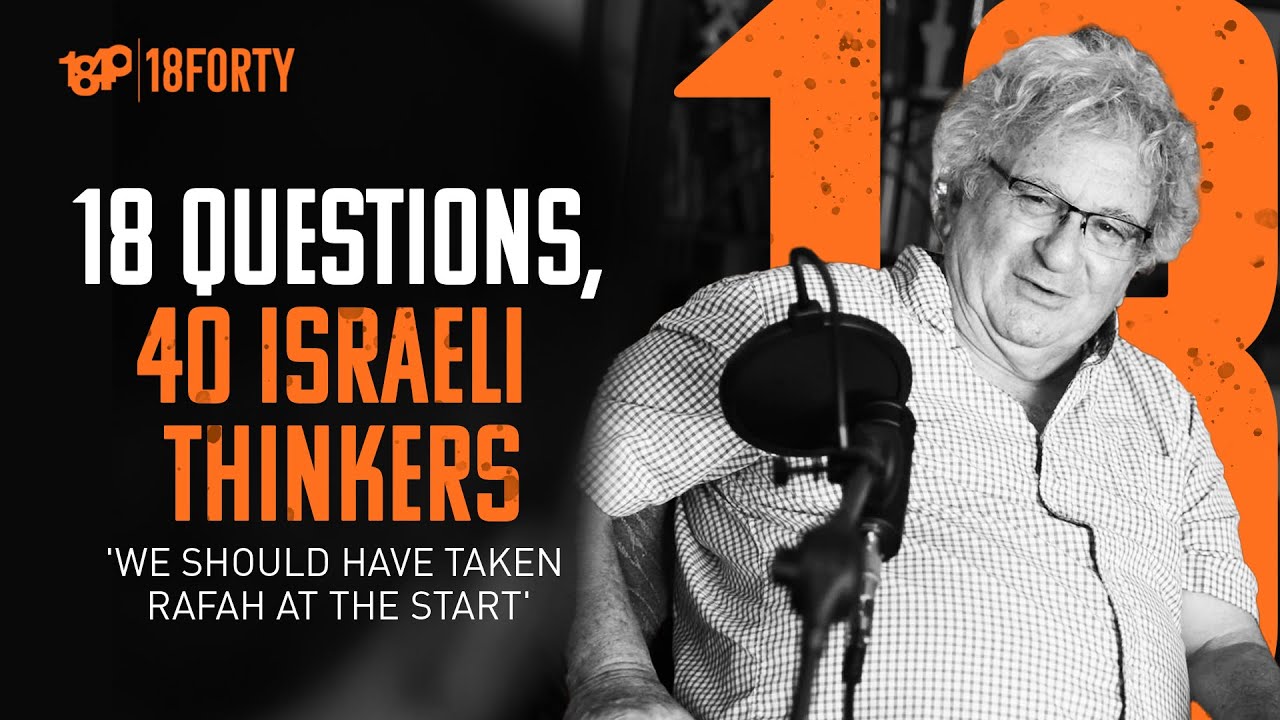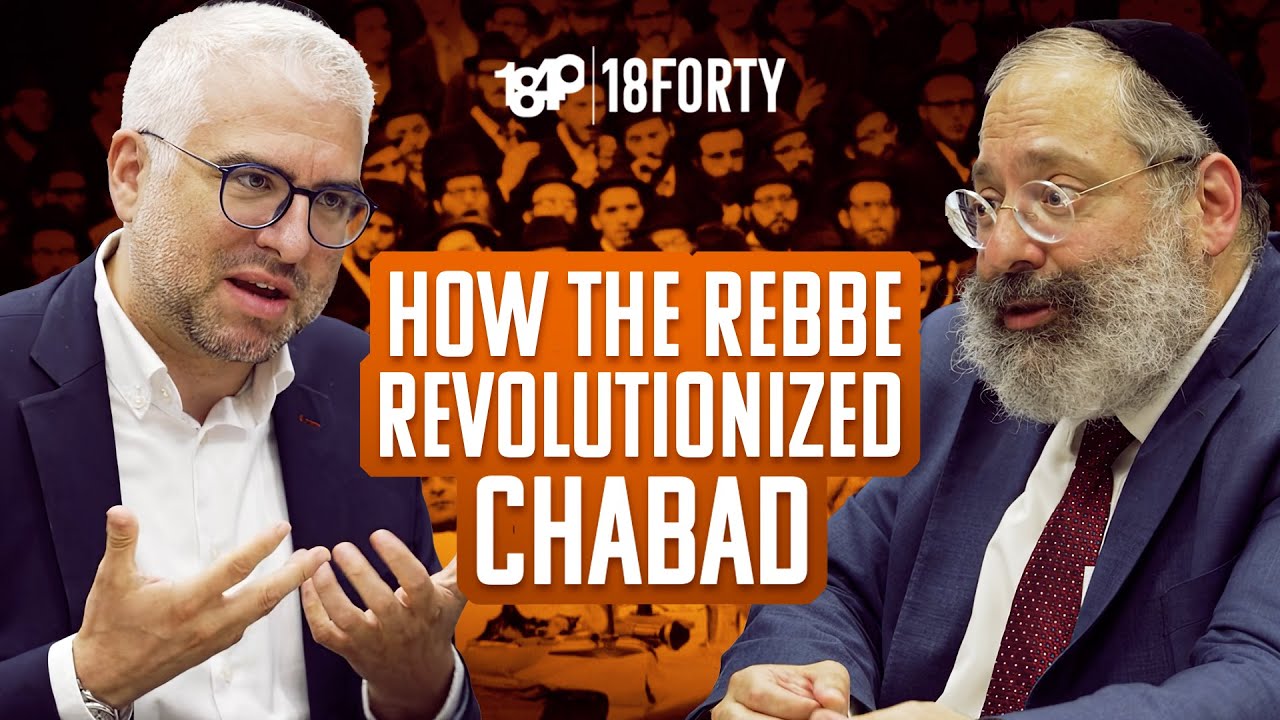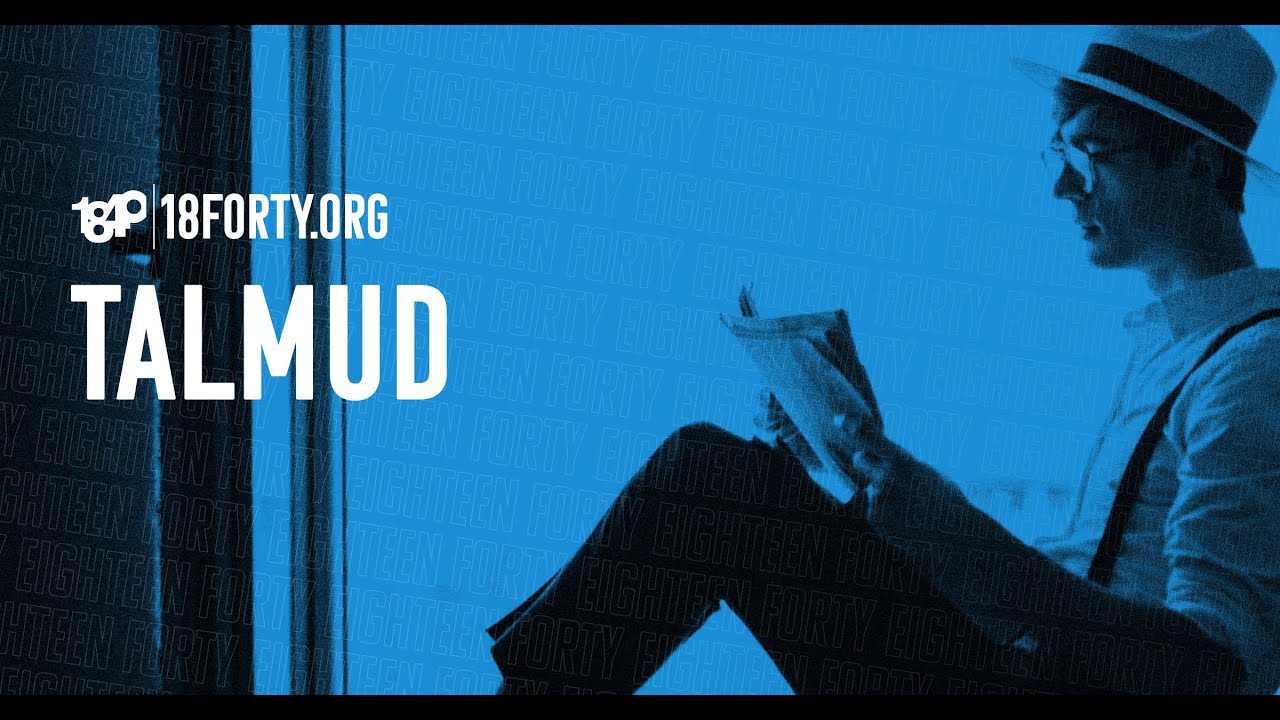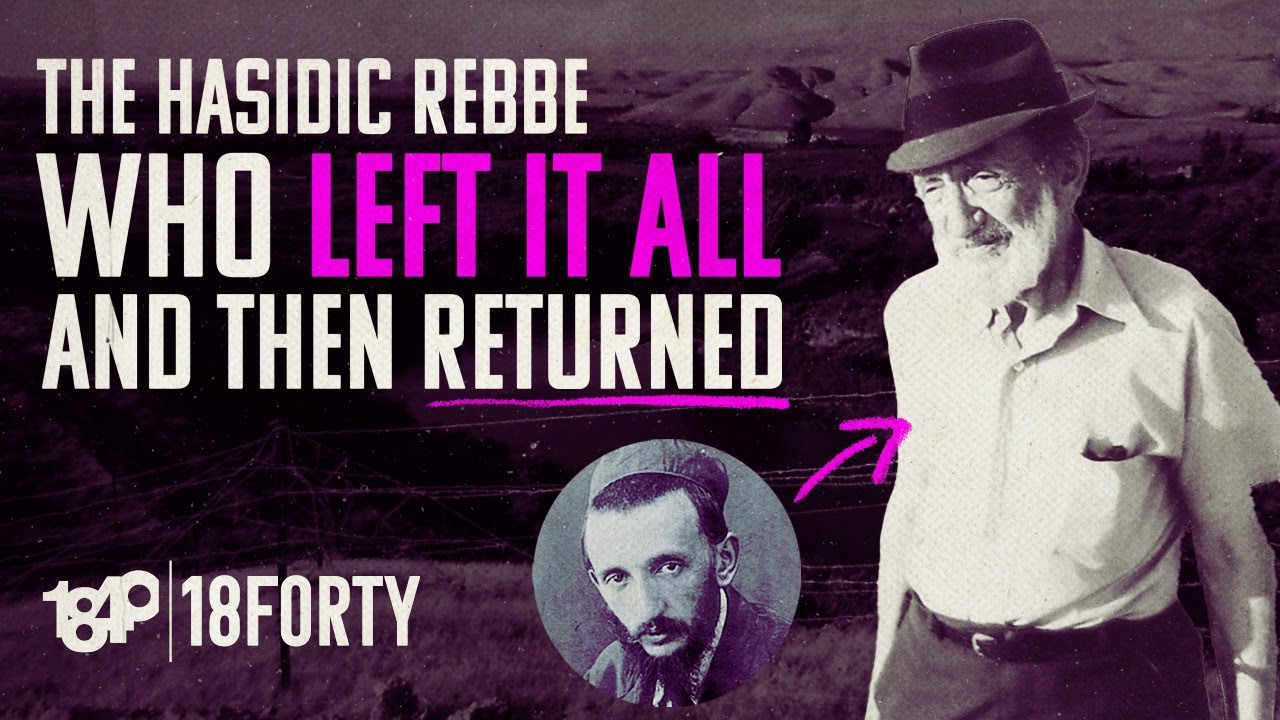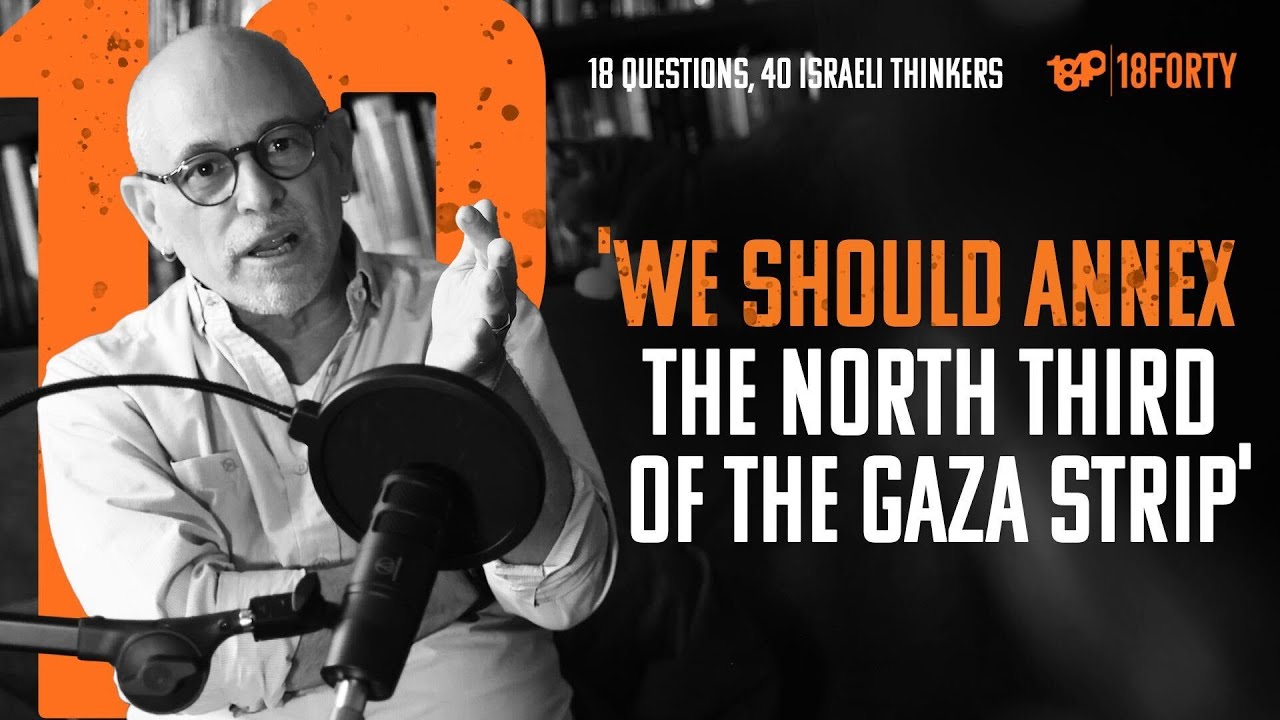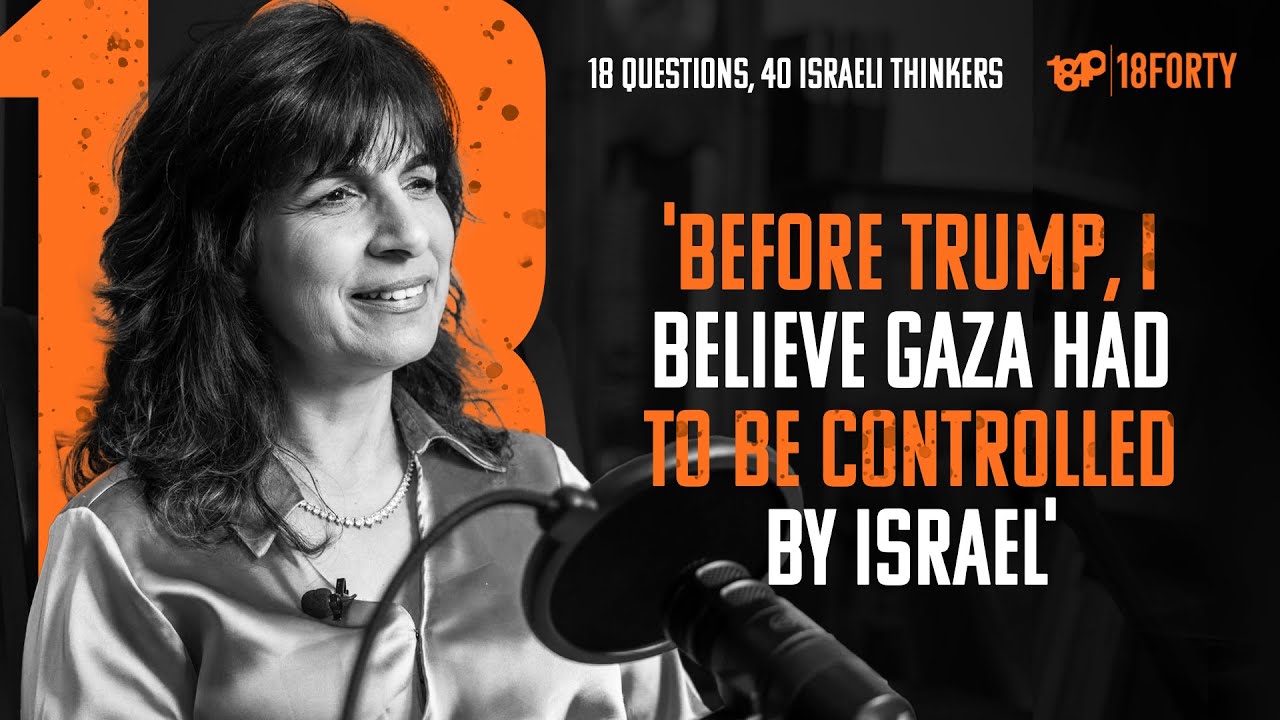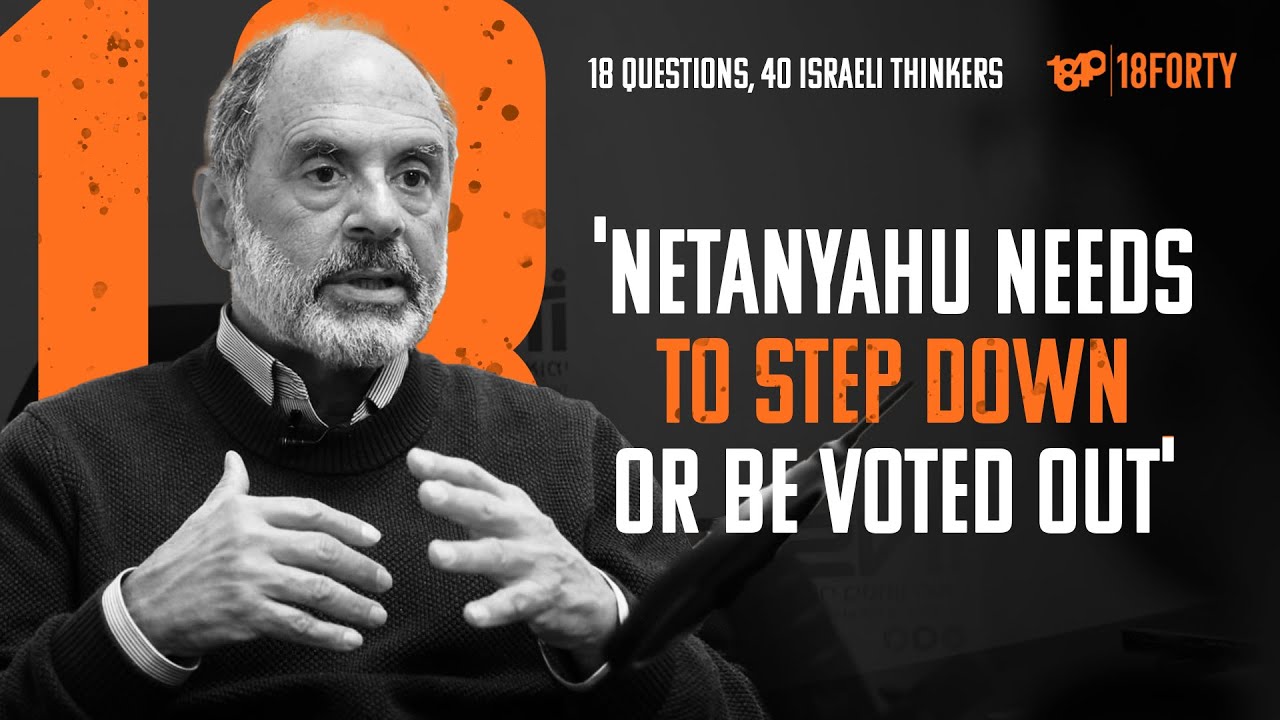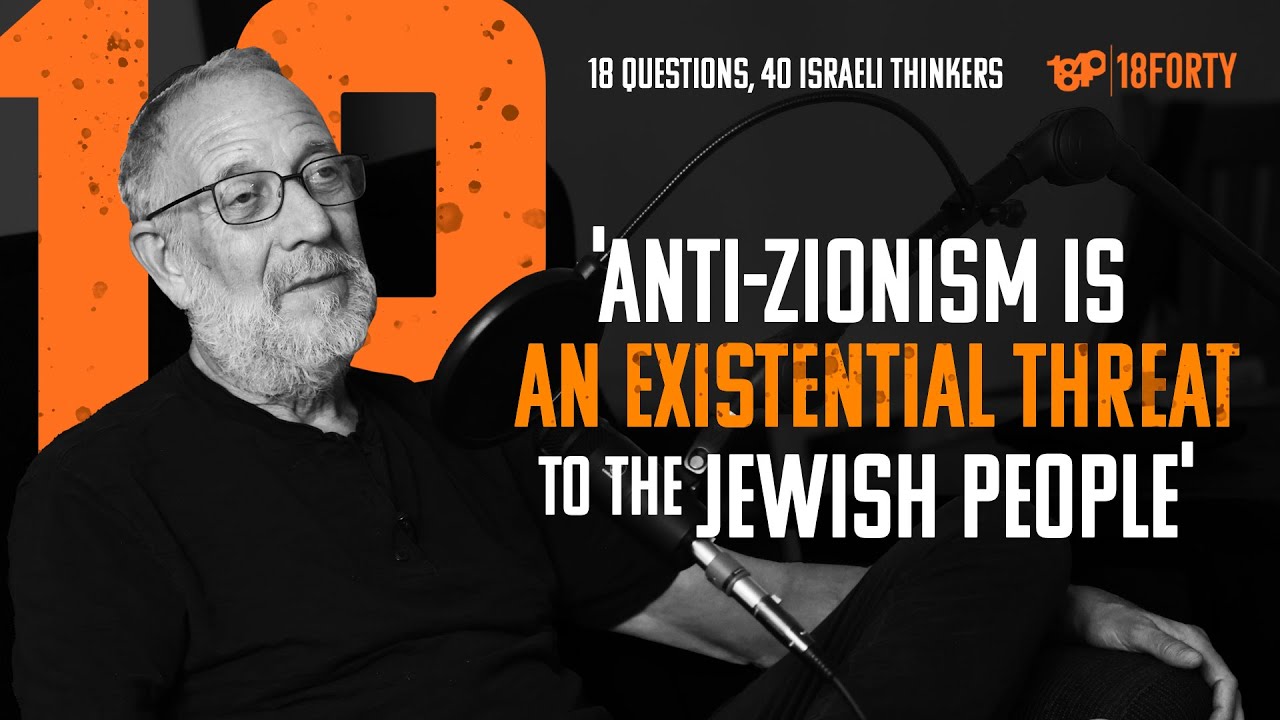What is mysticism? More broadly, what is spirituality? This question haunts many contemporary discussions, and hangs as a spectre above all attempts to define this sense of the divine that we seek. In an Orthodox forum on the topic of “Jewish Spirituality and Divine Law,” the question of definitions is a thread that courses through the heart of many essays, as thinkers struggle to talk meaningfully about a topic that is by its nature ephemeral and hard to pin down.
Daniel Matt, the scholar of Jewish mysticism, writes in his Ayin:The Concept of Nothingness in Jewish Mysticism, the following:
How can God be defined? It cannot. To define ultimate reality would be to deny and desecrate its infinity. Though language brazenly insists on extending the semantic realm, God escapes its noisy clutches again and again.
The mystics, who celebrate divine ineffability, are quite comfortable with a God who refuses to be trapped by language. Yet even they need to refer to this nameless one-at least to communicate their awareness to others. To express a bit of what they have uncovered, one of their favorite strategies is to call God “Nothing.” We hear this paradoxical divine epithet in the East and the West: Meister Eckhart’s Nichts, St. John of the Cross’ nada, the Taoist wu, and the Buddhist sunyata and mu. I will focus here on the Jewish mystical concept of ayin, “nothingness.” Ayin is first found in medieval Kabbalah as a theological concept. Later, in Hasidism, its psychological significance is emphasized and ayin becomes a medium for self-transformation.
Matt, talking about the idea of ‘nothingness,’ writes that the very impossibility of definition is part and parcel of the Divine, and perhaps the same could be said about the experience of the Divine. We often find it impossible to communicate meaningfully about what we think or feel when we experience God, but perhaps this is the very point.
Mysticism is hard to define, and as an experience-driven realm of knowledge, in some ways it can only be approached in a circumambulatory nature, by circling the experience of the Divine until one gains a better understanding. We want to help out your circumambulations, so we put together a tasting menu of some of our favorite readings on the fundamental questions of mysticism.
As always, this bibliography is far from exhaustive, and we prefer to think of it as an invitation for further exploration rather than a checklist for your intellectual journey. Looking back at this topic, here are some of our favorite articles that we found illuminating, and we hope you find illumination here as well. We include articles and our book recommendations.
Appetizer: Mystical Texts and Experiences
Whet your appetite with this big picture issue to get you started.
We know, we know, shameless self-promotion and all that. But if we can’t push our own product, who will?! So come down to 18Forty for a short “History of Jewish Mysticism,” from the Bible until today. Once you’re here, you might as well check out our reflections on mysticism as an escape from this world or invitation to dive into this world, “Diving Into This World.” Fans of Kafka, Joey Rosenfeld, and the questions of transcendence vs. immanence will definitely enjoy those stray thoughts. Any discussion about Jewish mysticism dances between two points – the mystical text, and the mystical experience. We feel that the way we approach reading mystical texts offers much to the rest of our sorry lives, so check out our “What is Reading Worth,” to see whether you agree with us.
Entree: Contemporary Mysticism
Here’s your meal; we hope you enjoy.
To get a taste for Jewish mysticism, sample Rabbi Nachman of Breslov’s Stories. Rabbi Nachman was particularly drawn to storytelling at the end of his tragically short life and these fascinating parables, dreams, and epic stories offer a window into the heart and soul of the Rabbi Nachman of Breslov – and all of us. You don’t have to start with all of them; read one or two, let them sink in, and reflect on them as you would a fine wine or fresh croissant. When the time is right, you can check out Ora Wiskind-Elper’s masterful book on the stories, but we recommend starting with the stories themselves. However, these are stories to be experienced personally and reflected on, far more than interpreted and extrapolated, so maybe start with reading them for yourself, or to your kids.
Alan Brill’s “Dwelling with Kabbalah: Meditation, Ritual, and Study,” part of the Orthodox Forum on Jewish spirituality and law, is well worth a read. It makes for a great introduction to major ideas of Jewish mysticism, and some possibilities for their contemporary application. Once you are there, check out some of the other articles in the book; there is some seriously thoughtful reading there. Ariel Evan Mayse’s four-part series on “The Development of Neo-Hasidism” is a poetic, substantive overview of some of the major thinkers and trends in the contemporary translation of Jewish mystical ideas into popular practice, and will bring you up to date on more places to look for contemporary mysticism.
If you are interested in a more direct scholarly exposure, the work of Moshe Idel is highly important reading on the foundational issues of mysticism, such as the Zohar’s authorship, cross-cultural influences on the Kabbalah, literary trends, as well as Idel’s treatment of major kabbalistic thinkers and trends. Shaul Magid is a highly thoughtful writer on mysticism, Hasidut, and contemporary religious life. Check out their writings, see if it speaks to you. For a more religious or directly spiritual window into the mystical, the lectures of Joey Rosenfeld and Rav Moshe Weinberger are great starting points.
Drinks: Just For Fun
Less scholarly than our other offerings, these readings are (usually) friendlier for couches and reading while on line at the grocery store.
One thing that is particularly enjoyable about Jewish mysticism is how much remarkable creativity there is. Because the intellectual boundaries are drawn in very different places than they are in other domains of Jewish learning, Jewish mystical ideas and texts can be powerfully creative. That doesn’t quite make them easy or fun, as many of the foundational texts are full of kabbalistic jargon, and can have the feeling of a metaphysical textbook to sefirotic couplings (which can be quite risque, it turns out!).
Now that we are distracted and talking about Jews and fantasy and stuff, Michael Weingrad’s “Why There is No Jewish Narnia” at the Jewish Review of Books is the best of its kind – a touching historical reflection on why Jews have stayed away from traditionally writing fantasy. It makes for an interesting meditation on the relationship us Jews have had with this world and the next, if you are feeling thoughtful. Once we are in this, might as well also throw in Rabbi Meir Soleveitchik’s fascinating “The Secret Jews of The Hobbit,” as well as Nathaniel Stein’s hilarious “The True History of Jewish Wizards at Hogwarts.” (We also aren’t exactly sure what this has to do with mysticism, but just go with it please.)
Dessert: Our Book List
We are proud to have had profoundly thoughtful guests to discuss these questions. Here are some of the books they recommended we read. We also included some book recommendations on our site – feel free to check those out for more information.
Joey Rosenfeld recommends Inner Space, Kabbalah and Postmodernism, Centers of Power, and Nefesh HaTzimtzum. In his words:
There’s a book called Inner Space, which is based on classes given by Rav Aryeh Kaplan, transcribed and written by another tremendous teacher who operates in the shadows, Avraham Sutton…
I … would highly recommend Inner Space as that first book. And then if a person is interested in the interface between these ideas, there’s a book called Kabbalah and Postmodernism written by Sanford Drob, which I highly recommend because that’s a really good place to be introduced to the possibility of utilizing modern Western philosophy as a lens through which to view the modern significance or postmodern significance of Kabbalah. From a psychological perspective, I would recommend Centers of Power by Schneider and Berke. I’m blinking on their first names, but it’s a very wonderful book about psychoanalysis and Kabbalah…
There’s a book that recently came out that is just tremendous. It’s called Nefesh HaTzimtzum, a two volume set, one is a translation of Rav Chaim Volozhiner’s Nefesh HaChaim, and the second is an explanation and exploration of ideas that he understood working with one of the greatest kabbalistic teachers of our generation, Rav Moshe Schatz, who’s a contemporary Jew living in Givat Shaul. So those are the books that I would recommend off the cuff. And then there’s a lot more that I would recommend for someone who’s interested in a next level.
Dr. Ora Wiskind-Elper pushes product, and we respect her for that. Check out her masterful books, Wisdom of the Heart, Tradition and Fantasy in the Tales of Reb Nahman of Bratslav, and her recent Hasidic Commentary on the Torah. Rav Moshe Weinberger also recommended her books, so it’s a double recommendation. That has to count for something. In her words:
I’ll just be egotistical, yeah, I would just be egotistical, I think you can read one of my books, maybe Wisdom of the Heart.
Rabbi Moshe Weinberger recommended too many books, so it’s on you to choose which you want to read. Enjoy his lovely recommendations:
I’ll give you a few examples of what’s being done that I have found is having an extraordinary amount of success reaching chevra that are looking for that phase two, phase three, and moving forward. There’s a tzadik that lives in Eretz Yisrael, in Beit Shemesh, Rav Avraham Zvi Kluger, Rav Kluger. He’s the author of, already by now there must be 30 sefarim, more. He began with Nezer Yisrael. I have a close relationship with him, he’s an extraordinary person, absolutely extraordinary person who was raised in the insular world of Klausenberg, Eretz Yisrael, but he gets it, he just gets it. So there’s a translation of his Yichud Hisbodedus, that’s called “One,” O-N-E, that is an introduction to developing a shprach, a way of speaking and hearing, speaking to and hearing from Hashem that’s very, very clear, that’s very healthy, it’s called One, by Rav Kluger. All of the Bilvavi Mishkan Evneh’s sefarim, the ones that are translated, there are already quite a few, even Da Es Nishmascha, somebody got it off the computer and they had it printed up on Central Avenue, many of those things can be printed up. But the earliest sefarim have already been translated into English. Da Es Atzmecha has been translated in English, Da Es Nafshecha I think is in English, even Da Es Nishmascha is in English. Exceptionally, exceptionally clear without being weighed down with a million Chazals, without this sefer says, this sefer says, just Elokus, Godliness, and how to begin to work practically on achieving a relationship with Hakadosh Baruch Hu.
It’s a primer to the world of hisbodedus, and hisbodedus of serious work in avodas Hashem. You have, look, Breslovers put out, my friend, Reb Chaim Kramer, he should have a refuah, Reb Chaim Kramer and Chabad have put out such amazing things. They were ahead of their time, they still are, with putting out. But by way of crossing over into the world of ruchnius, so many people have had tremendous success using the books of the Nesivos Shalom. Now you have someone who’s been adapting them, a fine talmid chacham that’s been putting out Nesivos Shaloms, it’s always a safe and healthy way of entering into, gently into pnimius, into pnimius haTorah. But Rebbe Nachman’s stories, what Breslov has done, Reb Nachman’s Torah, Likutei Moharan. I recommend for any person who’s serious about pnimius haTorah, you have to learn Tanya cover to cover three, four times, and if you need to get some help with listening to shiurim from mashpi’im that are out there, there are some very good people and wonderful shiurim.
